The Most Beautiful Shots of Wes Anderson Movies
In the world of contemporary cinema, few directors have a visual signature as distinct and captivating as Wes Anderson. Renowned for his meticulous composition, symmetrical frames, and a vivid color palette, Anderson’s films are a feast for the eyes, blending whimsy with emotional depth. This article delves into ten of his most beautifully crafted scenes, each a masterpiece of cinematic art.
From the pastel-hued corridors of “The Grand Budapest Hotel” to the nostalgic shores of “Moonrise Kingdom,” these selections not only showcase Anderson’s unparalleled aesthetic but also underline the narrative ingenuity that makes each scene a memorable part of cinematic history. Join us as we explore the intricate details and creative brilliance that make Wes Anderson’s films an enduring part of the filmic landscape.
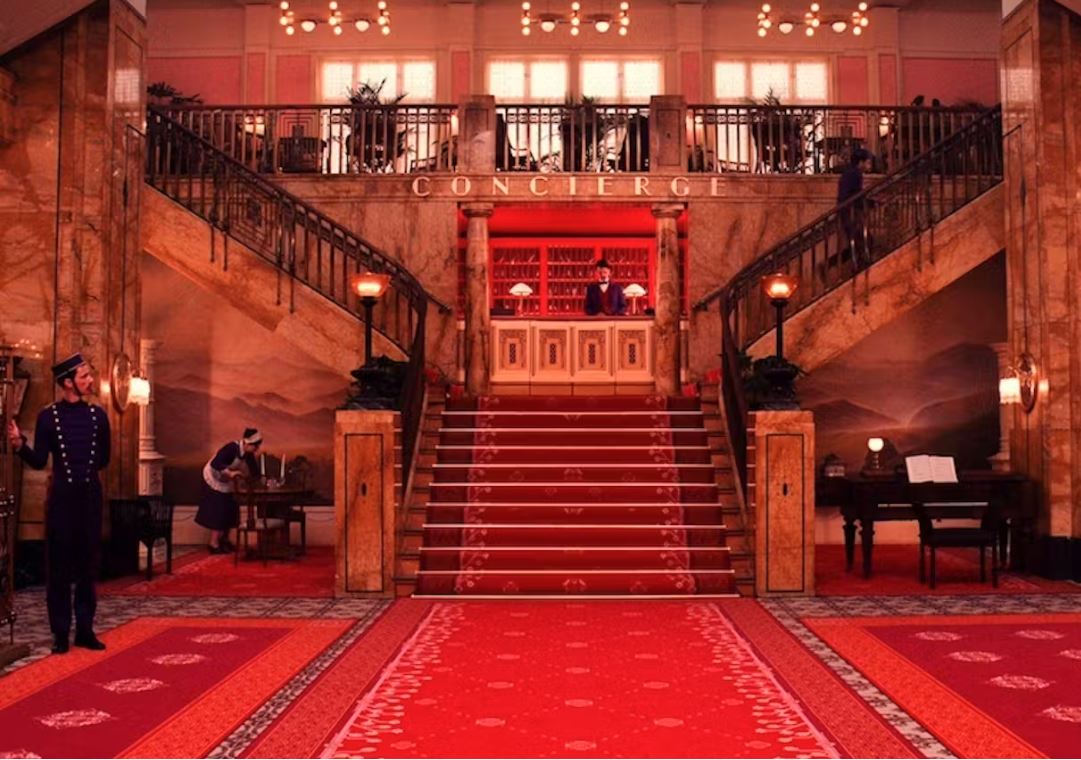
1. The Grand Budapest Hotel – The Lobby Scene: In this scene, the opulent, pastel-colored lobby of the Grand Budapest Hotel bustles with activity, introducing the viewer to the film’s central location. The concierge, Monsieur Gustave, displays his charm and efficiency, setting the stage for the movie’s adventurous plot. This scene features a stunning, pastel-colored lobby bustling with activity. It’s chosen for its symmetrical composition and meticulous attention to detail, signature traits of Anderson’s style.
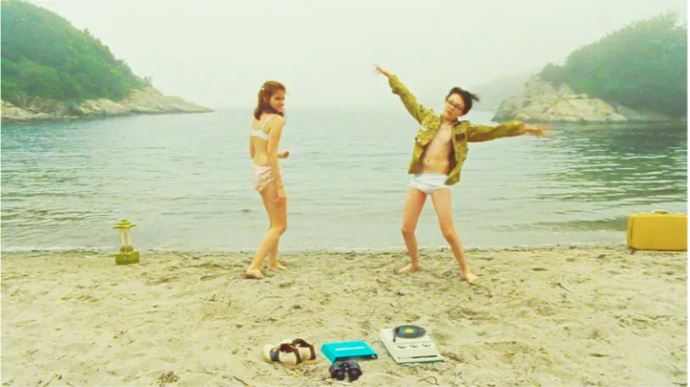
2. Moonrise Kingdom – The Beach Scene: Sam and Suzy, the young protagonists, share a romantic and innocent moment on a secluded beach, symbolizing their escape from the adult world. They dance, listen to music, and express their affection in a serene, idyllic setting. Sam and Suzy’s rendezvous on the beach is shot with warm, nostalgic tones, reflecting the innocence and romance of young love, set against the backdrop of a picturesque cove.
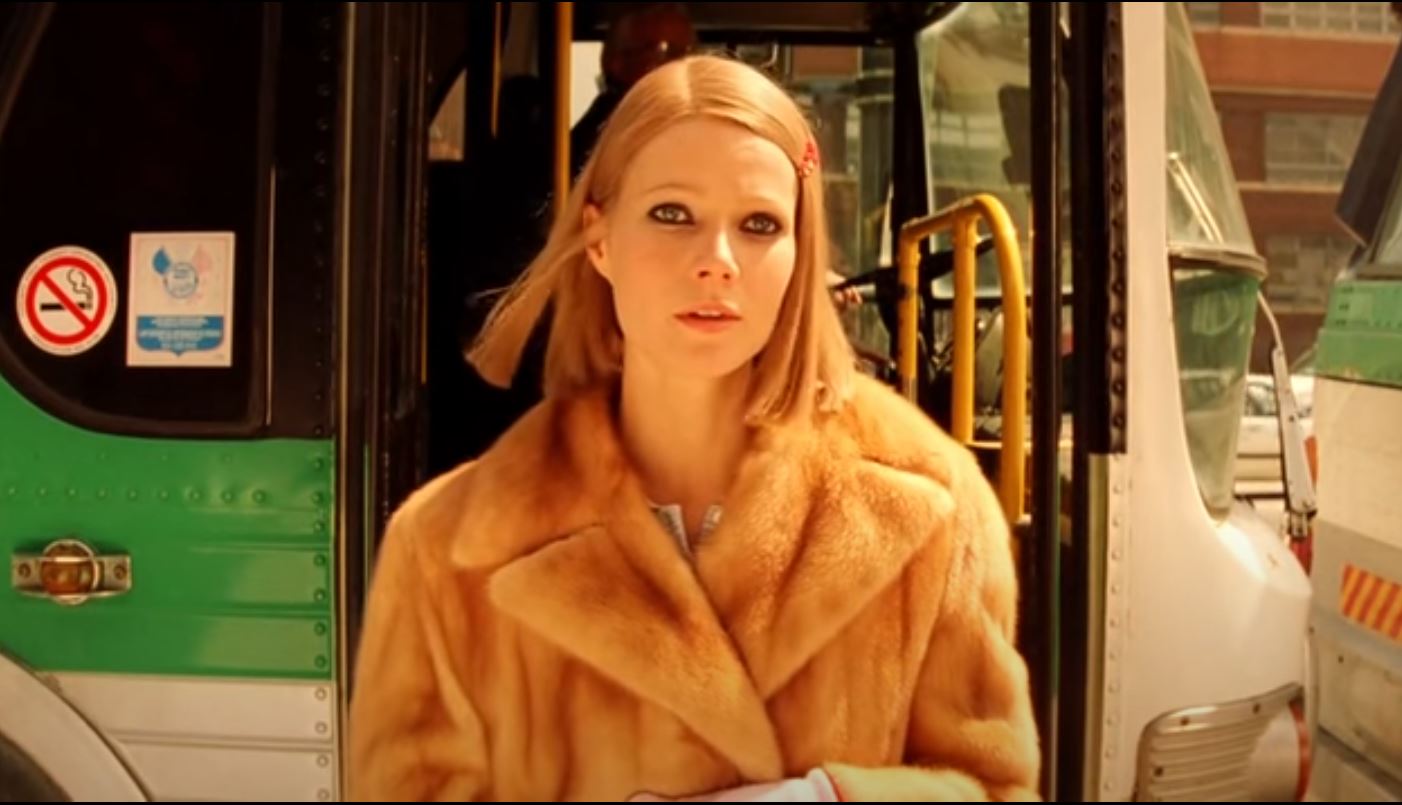
3. The Royal Tenenbaums – Margot’s Arrival: Margot Tenenbaum steps off a bus in slow motion to Nico’s “These Days,” revealing her character’s melancholic and mysterious nature. This iconic scene captures the complex family dynamics and Margot’s enigmatic presence. A slow-motion sequence of Margot Tenenbaum stepping off the bus, highlighting Anderson’s use of slow-motion to enhance emotional impact, set to a perfectly matched soundtrack.
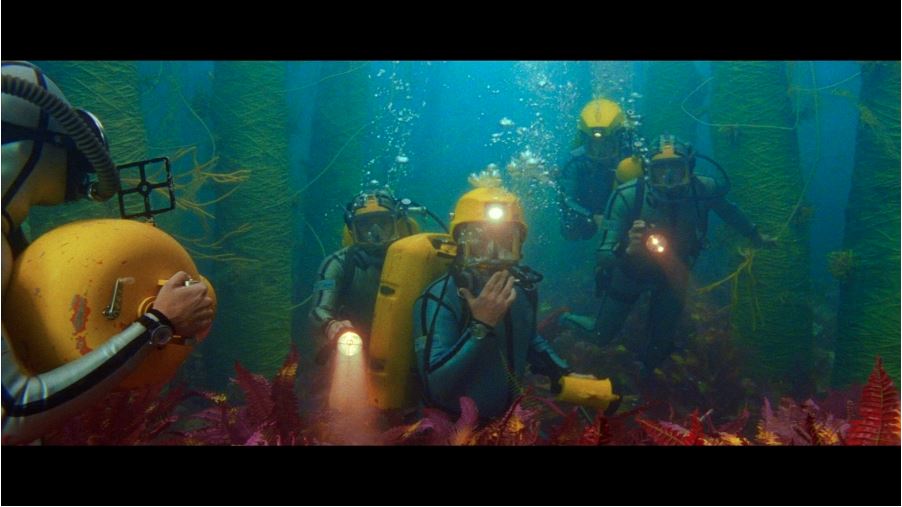
4. The Life Aquatic with Steve Zissou – Underwater Scene: Steve Zissou and his crew explore a vibrant and fantastical underwater world in a submarine, highlighting the film’s themes of adventure and discovery. The scene is visually striking, filled with colorful sea creatures and whimsical elements. The vibrant colors and fantastical elements of the deep sea showcase Anderson’s imaginative use of visual effects and his flair for creating whimsical, yet emotionally resonant scenes.
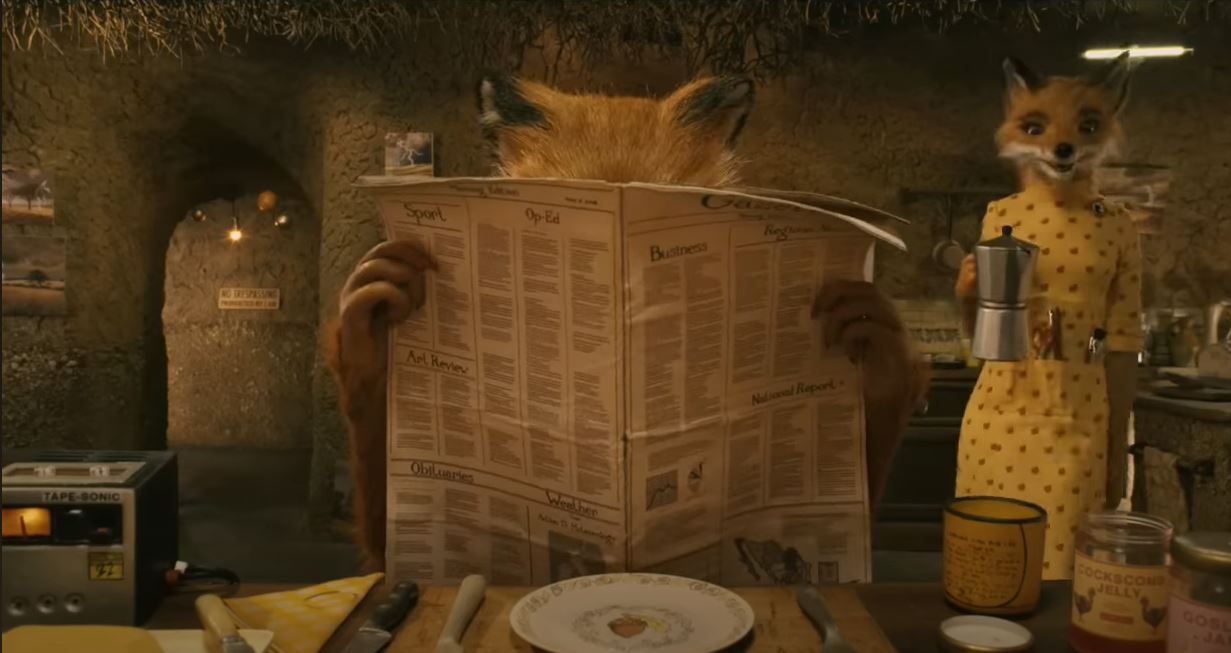
5. Fantastic Mr. Fox – The Underground Home: Mr. Fox reveals his family’s expansive, intricately designed underground home, a safe haven from the farmers they’ve been stealing from. The scene showcases the charming and detailed world of the film, brought to life through stop-motion animation. The intricate design of the Fox family’s underground home is visually striking. The use of stop-motion animation adds a charming, tactile quality to the scene.
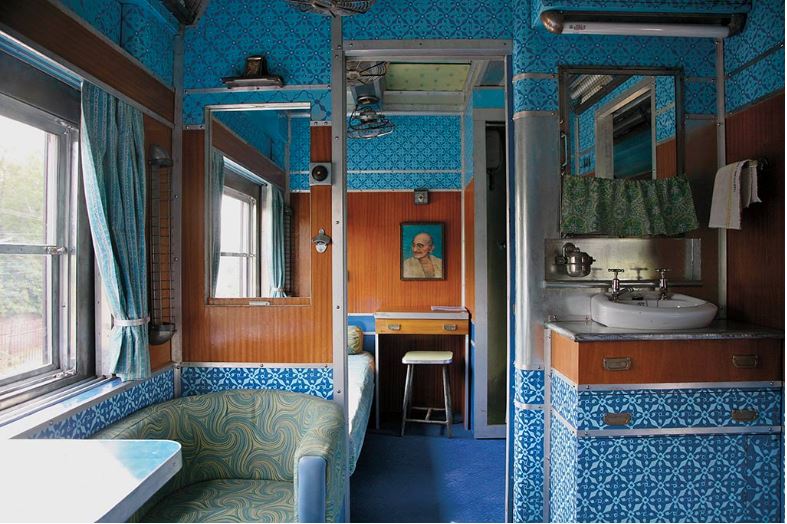
6. The Darjeeling Limited – The Train Interiors: The three brothers travel through India on a luxurious train, with each compartment richly decorated, reflecting their emotional journeys. The scene emphasizes the themes of cultural exploration and personal discovery. The ornate and colorful train interiors reflect a blend of cultural aesthetics, showcasing Anderson’s eye for detail and his ability to create visually rich environments.
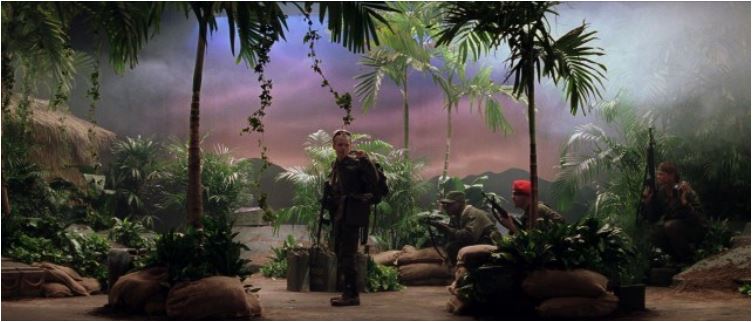
7. Rushmore – The School Play Scene: Max Fischer presents an extravagant and over-the-top Vietnam War-themed play at his school, showcasing his creativity and ambition. The scene is memorable for its elaborate set design and theatrical presentation. The over-the-top school play sequence, with its elaborate stage design and lighting, captures Anderson’s love for theatricality and dramatic flair.
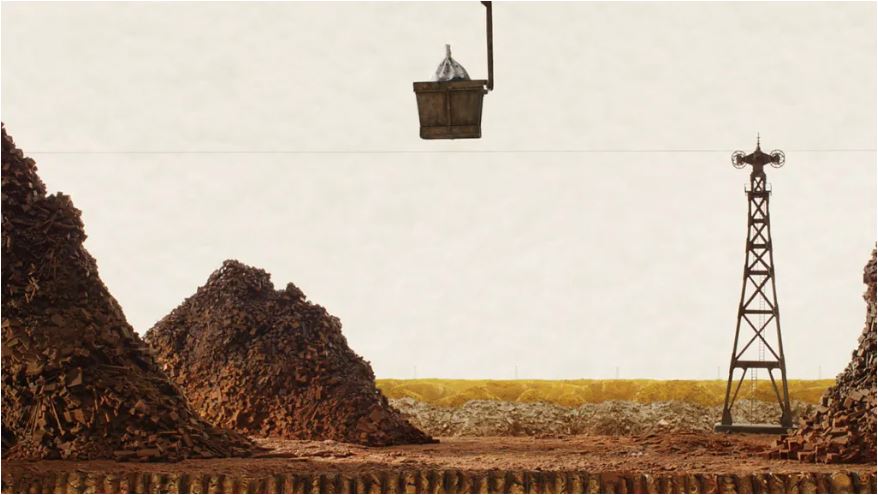
8. Isle of Dogs – Trash Island: The canine characters navigate the dystopian landscape of Trash Island, a place made entirely of garbage, setting the tone for the film’s commentary on exile and survival. The detailed and textured animation creates a visually compelling environment. The detailed and textured landscape of Trash Island, with its muted color palette, creates a visually stunning and emotionally evocative setting, showcasing Anderson’s mastery in animation.
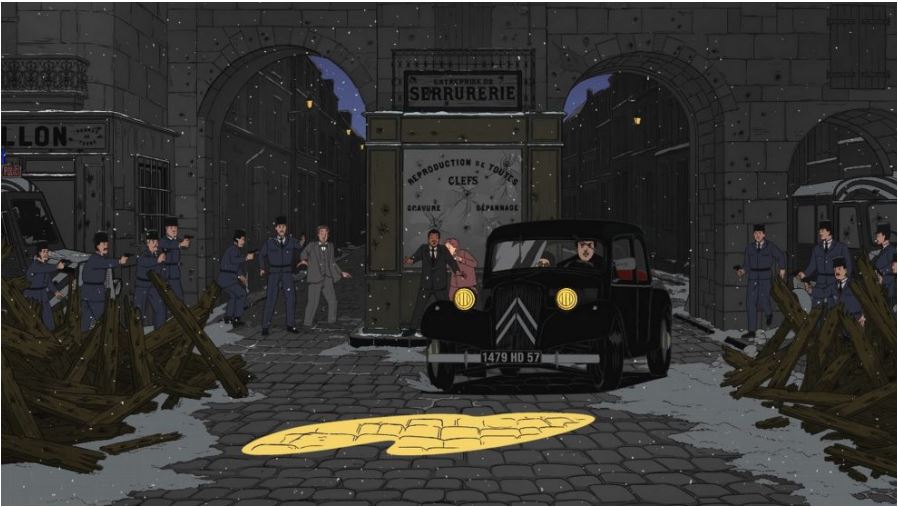
9. The French Dispatch – The Animated Chase Scene: A high-speed chase sequence combines live-action with whimsical animation, illustrating a journalist’s thrilling pursuit of a story. This scene stands out for its dynamic visual style and creative storytelling. This scene exemplifies Anderson’s ability to blend live-action with animation, creating a visually dynamic and stylistically unique sequence.
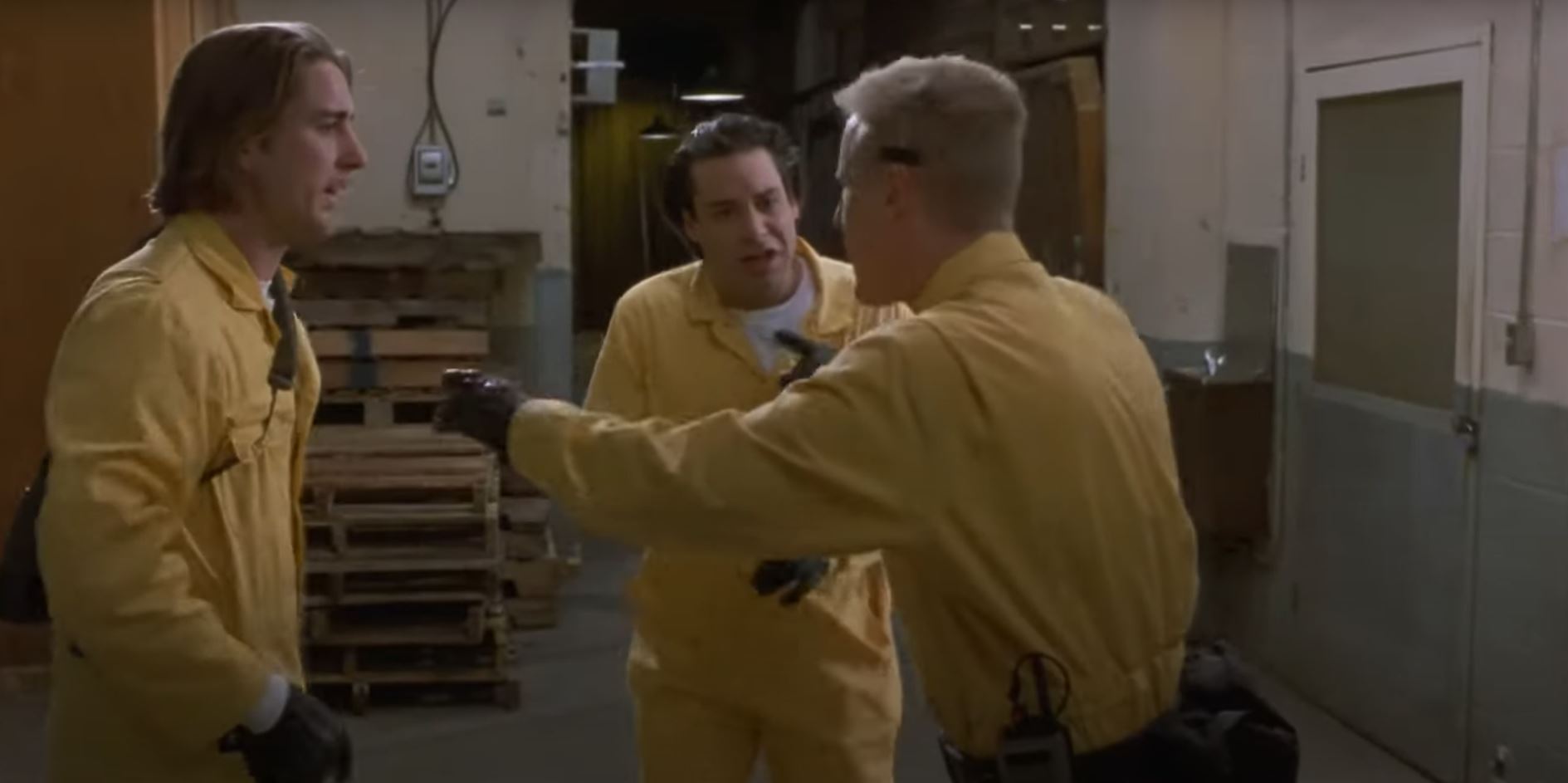
10. Bottle Rocket – The Heist Scene:
The main characters, Dignan and Anthony, awkwardly execute a poorly planned bookstore heist, revealing their ineptitude and setting the comedic tone for the film. The scene is a blend of humor and tension, showcasing Anderson’s early style. While simpler in style compared to his later work, this scene laid the groundwork for Anderson’s aesthetic, with its precise framing and deadpan humor.
Wes Anderson’s films are more than just visual spectacles; they are intricate tapestries woven from the threads of color, symmetry, and emotion. Each scene we explored is a testament to Anderson’s unique ability to create worlds that are as whimsically imaginative as they are emotionally resonant. Whether it’s through the meticulously arranged lobby of The Grand Budapest Hotel or the quaint, animated charm of Fantastic Mr. Fox’s underground home, Anderson invites viewers into his distinctive vision, one frame at a time.
His work stands as a shining example of how aesthetic precision can merge seamlessly with storytelling, leaving an indelible mark on the hearts and minds of audiences. As we conclude our journey through these iconic scenes, it’s clear that the magic of Wes Anderson’s filmmaking lies in his attention to the smallest details, making every moment a beautifully crafted piece of cinematic art.
If you’d like more film fun, check out these 10 memes poorly explaining movie plots!
